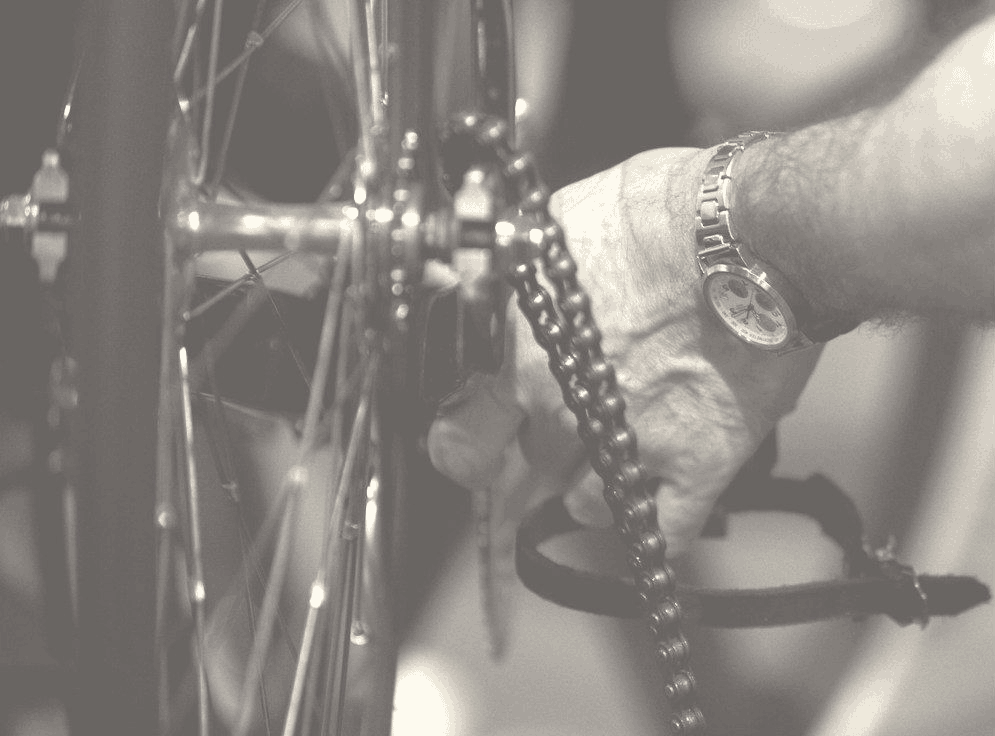1.Which organisation(s) will you need to deal with?
-The MCPS-PRS. They are a collaboration of 2 previous companies MCPS and PRS. Its used by the worlds best music writers, publishers and composers. The MCPS-PRS is a royalties collection society and exists as an easy option for people to gain the use of music for personal use in areas such as film or audio and then takes the royalties and gives the money to its members. During its ten years of existence it has become one of the most efficient and easy to use ways of using professional music.
2.What are the steps involved in licensing music?
-Basically you have to apply through The MCPS-PRS, here is a list of steps involved in the whole process.
- Sign an agreement of terms and conditions with The MCPS-PRS to show that you understand how production music may be used and the procedure for making license applications. This only needs to be done once per person.
- You will then be issued with a "P" number, which is basically a registration identity that enables you allowance to approach and buy production music from any library that is an MCPS member.
- MCPS will issue you with a list of music libraries, rather than providing you with the music directly.
- You can then discuss what music you require with consultants before purchasing it.
- You must first apply for a DVD1 license from the MCPS, by filling in the application for after thoroughly reading the terms and conditions. This license covers the "mechanical", which covers making copies of the music and "Synchronisation", which covers you using visuals with the music.
- The MCPS will then process your forms and grant you clearance to use production music in your DVD.
- You must fill in a "notification of intended release form" and send it to the MCPS a week before the planned release of the product in intended.
Category A (DVD singles) - 8.5% of Published Dealer Price, or 6.5% of Retail Price
Category B (Hybrid DVDs) - 7.25% of Published Dealer Price, or 5.54% of Retail Price
Category C (DVD-Video albums) - 6.25% of Published Dealer Price, or 4.78 of Retail Price
3 ways of legally reducing the costs:
- The easiest and cheapest way of reducing the cost is a process called "Copyleft", which basically allows you to ask for rights to use the music with permission from the owner completely for free. Usually items released using copyleft, must then in turn after finishing be released again under copyleft. http://en.wikipedia.org/wiki/Copyleft
- Using The MCPS-PRS is a cheap way of doing it. http://www.mcps-prs-alliance.co.uk
- Using self-composed music is another great way, if you have the ability to do so, as you can use it wherever you like, whenever you like.
- I think i would go through the MCPS-PRS as it seems the most legally safe, and the most efficient way of doing so.








